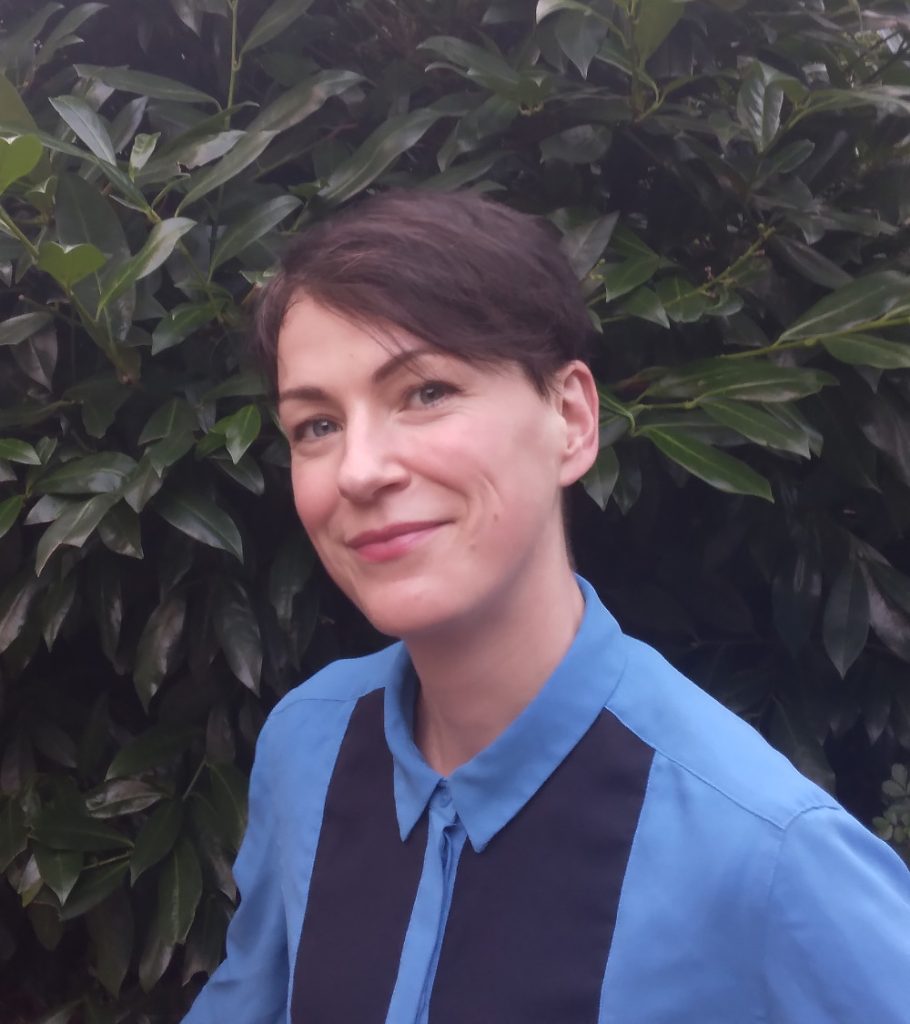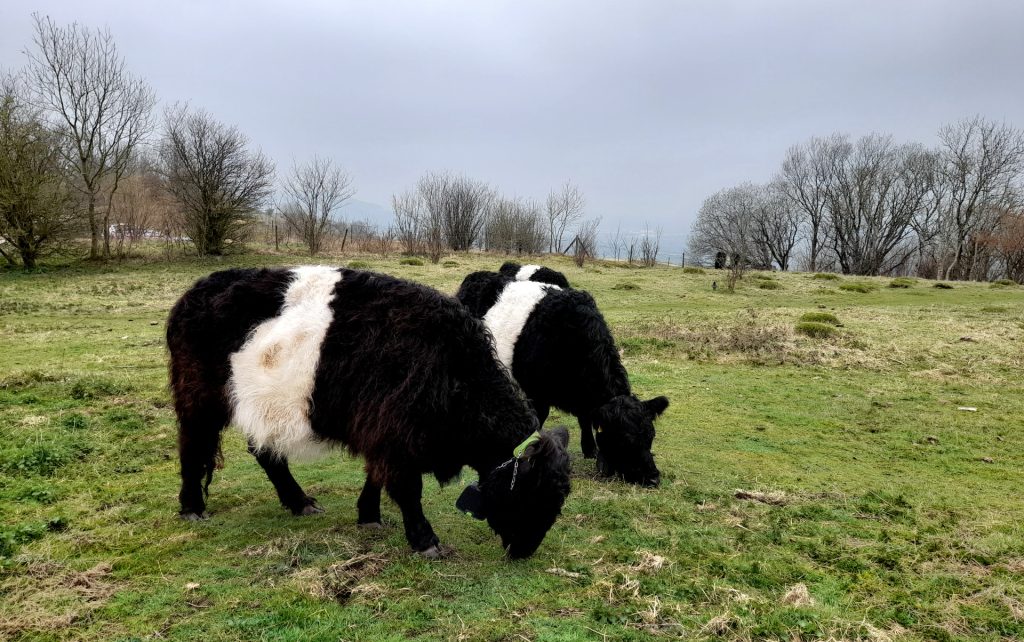Alice Kershaw is the Head of Digital Transformation at The Wildlife Trusts. She specialises in change, transformation and creating a digital culture that benefits all users. She supports the Wildlife Trust federation in the ‘root and branch digital transformation’ elements of their collective 2030 strategy. In this interview with Unearthodox, as part of the Digital Disruption and The Future of Conservation project, she discusses the Wildlife Trusts' digital transformation strategy, including their engagement methods, challenges they face and technologies they are exploring.
We've adopted a strategy called "Bringing Nature Back", which all 47 wildlife trusts in the UK federation have co-created and endorsed. The strategy comprises three goals, five transformations, and five enabling priorities. The fourth transformation is a comprehensive digital transformation, which essentially involves embracing a digital culture. The aim is to leverage digital tools to support the rest of our strategy.
This digital transformation was defined collectively by the federation and, while I've been involved in influencing it, it's a federation-wide effort and vision. It involves optimising our technology infrastructure, ensuring it's accessible, secure, inclusive and fit for purpose. It also involves harnessing data effectively, both locally to understand community needs and our impact on the species and habitats we support, and on a broader scale to influence policy and campaigns.
Lastly, we recognise the importance of developing the necessary skills within the federation to make the most of digital. Without the right skills, even the best technology and data are of limited use. So, our strategy focuses on people, data, and the supporting infrastructure.

We began with a collaborative approach to shape our strategy that involved engaging all members and stakeholders within the Wildlife Trust federation. Instead of presenting a strategy I've crafted, I aim to support them in delivering the strategy they've collectively created. I facilitate workshops, including Lego Serious Play sessions, where we discuss their local strategies and how digital can enhance and support them. Being physically present at their sites, understanding their work, and witnessing the practical aspects, to me, are important and essential.
In addition, we have governance structures in place. A delivery group, comprising individuals passionate about digital across the federation, discusses strategy execution. We also have an advisory group, consisting of CEOs and leaders from trusts with varying degrees of digital interest, which serves as a mechanism for engaging others and ensuring the strategy lands at a senior level.
Communication is key; I share what I am doing publicly, share weekly notes, and engage with the wider federation, ensuring transparency and opportunities for feedback.
Building relationships is a significant part of it. I want them to embrace digital because it genuinely supports their specific needs, not just for the sake of it.
In my experience, it's not so much about resistance as it is about competing priorities. Digital is understood to be important, but there's often limited time available because of the many other vital tasks at hand. People are managing volunteers, reserves, staff, and facilities – all while trying to run ongoing projects. So, the challenge lies in finding a way to integrate digital effectively.
The most significant challenge is the diversity among the 47 different organisations involved. Each has its unique culture, staff, and ways of working. My goal is to understand these differences well enough to provide meaningful support. It's a fascinating challenge, ranging from organisations with just a handful of team members to those with over 400. There's no one-size-fits-all approach; each requires a customised strategy.
I try to remain tech-agnostic because there are numerous ways to harness technology's potential. We have some excellent tools in place, like the Esri ArcGIS platform, and a shared geoportal for information, templates, and map and spatial data exchange. While this platform works well for our needs, what truly matters is the ability to share and collaborate.
We're initiating projects in various areas, including Land Management technologies, to improve reserve management. For example we used fences to confine cattle for conservation grazing, but now we're experimenting with innovations like "NoFence" collars for cattle. These collars emit signals when approaching potential fence areas, allowing the cows to avoid crossing. This innovation may not only change the visual appearance of our reserves, but it also greatly contributes to their openness and reduces the need for standard fencing.

Furthermore, we're exploring technology and innovation in areas like remote sensing and low-frequency radio frequency (LoRaWAN). These innovations help us monitor the environment, track wildlife movements, and assess soil conditions more effectively. They provide valuable insights, helping us make informed decisions and measure the impact of our conservation efforts.
We've established three key signals of success, which are what the trusts have expressed they want to achieve. Firstly, we aim for all Wildlife Trusts to comprehend their digital infrastructure. This entails having a digital strategy and an action plan regarding the technology they intend to use. I envision a future where all trusts incorporate a digital strategy into their overall strategy. It doesn't have to be overly formal, but it should reflect their thoughtful prioritisation of digital in delivering their specific goals.
Secondly, we emphasise insights and analysis. We aim to evolve toward a point where data guides more of our decision-making. Currently, much of it is manual, but by consolidating and utilising data more effectively, we can make better-informed decisions. This is a significant signal of our success – the extent to which data and insights influence our actions.
The third aspect pertains to skills and capacity. Can we rely less on external resources and draw upon the talents within our trusts? Is there a federation-wide skills pool we can tap into? We aspire to have the capability to initiate projects and easily collaborate with trusted individuals who possess the required skills.
In addition to these overarching signals, I believe there's a need to shift our thinking away from viewing apps as the solution and instead focus on understanding people's needs. Encouraging more prototyping, design thinking, agile methodologies, and user-focused work would signify a significant shift toward a robust digital culture. We're already seeing some projects adopting these approaches, and their growth would be a strong indicator of a thriving digital culture.
I see enormous opportunities surrounding AI. It's a fascinating area with tremendous potential. Equally interesting and foundational to making the most of AI is the need to get our data in order. Establishing consistency, solid data models, and foundational elements are crucial. Without these building blocks, we risk falling behind and missing out on opportunities. We must become fit for purpose and accept that being a digital organisation, at least in some areas, is the cost of entry. You don't necessarily have to be digital-first across the board, but you do need to embrace digital transformation.
We, in the Wildlife Trust federation, may not have an abundance of digital skills like user experience, user research, or developers. This is where collaborating with external partners, such as universities and research organisations, can be a game-changer.
So, looking ahead, it's about seizing the big opportunities on the horizon. It's also about working closely with organisations like Unearthodox to navigate this rapidly changing landscape.
We work closely with numerous partners, engaging in conversations with other NGOs to stay in the loop. It's not just about NGOs; we also connect with peer support organisations on various levels.
For instance, here at the Wildlife Trusts we're part of a digital strategy accelerator program alongside 10 other charities. This setup provides us with opportunities to exchange ideas and insights. Just the other day, I was talking to someone from a brain injury charity who are using virtual reality (VR) for rehabilitation. While it's a different field, we're exploring VR for engaging people with our reserves, and learning from their experiences is invaluable.
Staying informed also means subscribing to newsletters, even though they flood your inbox. I do the same for early-stage venture capital investment newsletters. It helps us keep tabs on who's investing in technology sectors and what's on the horizon. We're always on the lookout for signals from the future. However, it's not just about external sources. We also communicate extensively within our federation, leveraging the collective knowledge.
Yet, despite all these efforts, the most significant breakthroughs often remain concealed. Innovations developed by military organisations or governments, concealed from public view, and we know these can be the real game-changers.
Much of the technology we use, like geospatial platforms, has roots in more secretive research. The question is, when do we start paying attention to new tools? When is it worth adopting new technology, considering the costs and potential benefits? With limited funding, it's crucial to be cautious about investing in significant technology projects. We can't afford many failures. Each Wildlife Trust needs to decide when and where to invest, and we must support those decisions with a clear understanding of cost-benefit analysis. It's a constant challenge in our ever-changing digital landscape to know where we are comfortable with, on the ‘hype cycle’.
Start small and experiment. Embrace a culture of learning from your experiences, and then generously share your insights with others. Collaboration and knowledge-sharing are essential in addressing the challenges we all face in this space. Sharing what we're discovering and working on is vital, and I'm equally eager to learn from others.